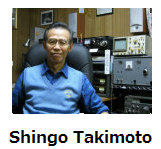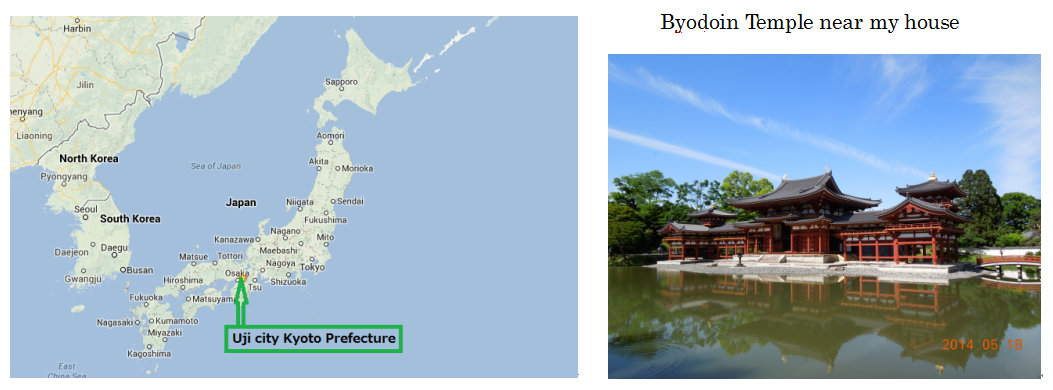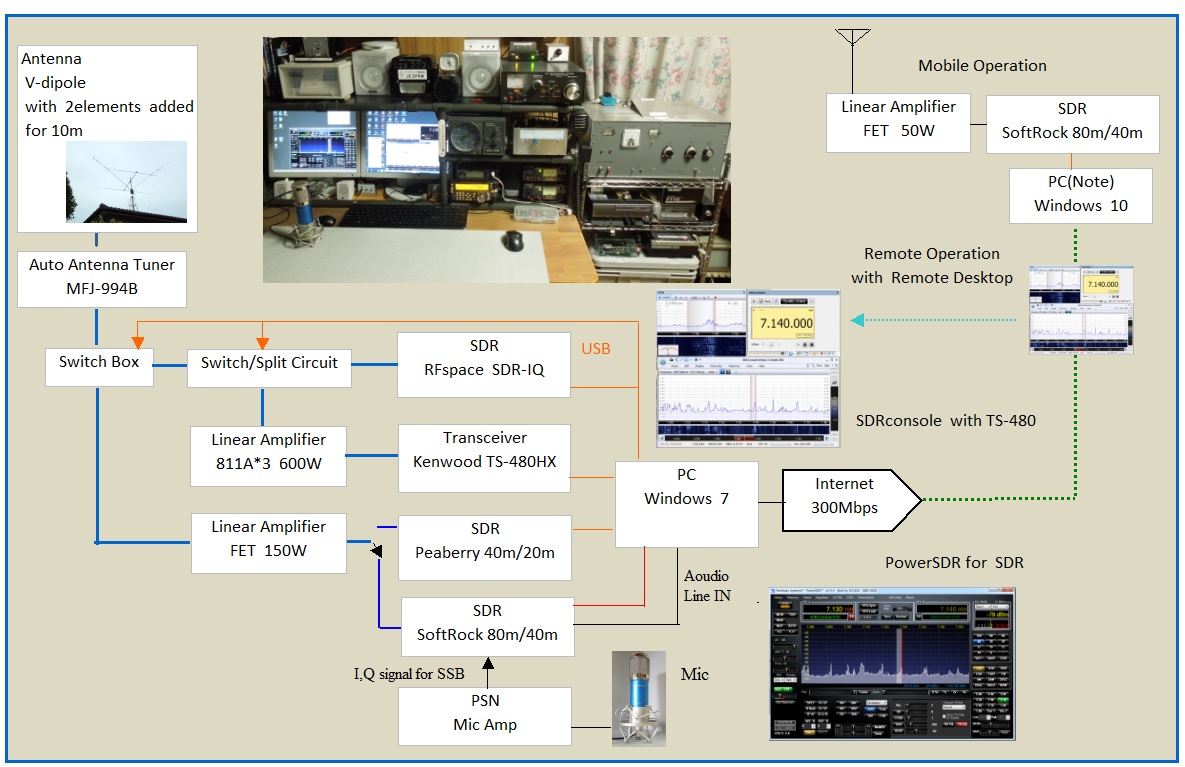 Click here for the Japanese page
Click here for the Japanese page
 Click here for the Japanese page
Click here for the Japanese page

My QTH is Uji city south of Kyoto which was Japan's capital from 794 to the late-19th century until Tokyo became the capital. We have the World Heritage Site as Historic Monuments of Ancient Kyoto (Kyoto, Uji and Otsu Cities). The site covers 17 locations in three cities, two of them in Uji. Byodoin Temple, one of them, shown in the picture was built almost 1000 years ago. They say the buildings and the garden presented the heaven for people praying. It is located about 1.5km from my house and you can see it at the back of a ten-yen Japanese coin.

I mainly operate HF and use various SDR systems as shown above. My antennas is a combination with a conventional four band V dipole and additionally put two elements horizontally, one for director and the other for refractor working as a 10m three element Yagi. I designed and simulated it with MMANA,or MMANA-GA. To get more information, please click the items below
I was born in 1946 and grew up in Shizuoka Japan near Mt. Fuji. I got a ham license in 1961 at the age of 15. My callsign was JA2CNA. Ham radio interested me so much, that I majored in electronic engineering in the university.
Then after graduation, I moved to Kyoto to join the manufacturing company that applies electronic technology to their product, its field is different from the amateur radio though. It is a kind of scientific measuring system. However my job career can help me know and make various things about programing, designing of electronic circuit, and making something so called electronic gadget.
I married in 1974. My wife got a ham license next year. When she applied for her callsign, I asked to change my callsign to the same prefix as hers for the area of 3, not 2. JE3PRM was given. In 2007, I got a US license for amateur extra. At first, FCC gave me the callsign of AB3JQ, and WE3PR was licensed as I applied for the vanity callsign.
2016/11/23
Shingo Takimoto